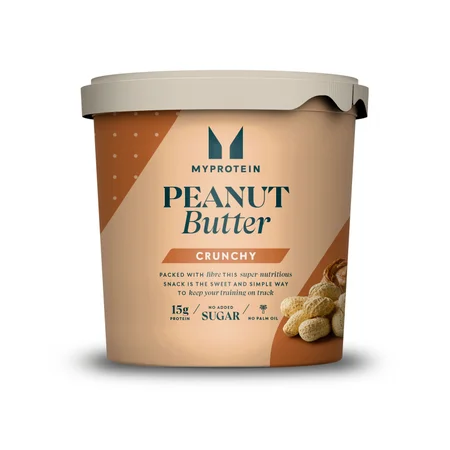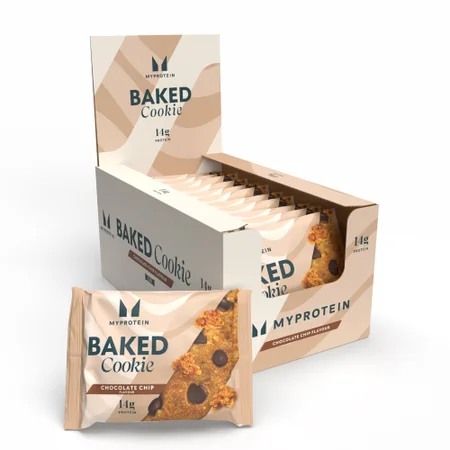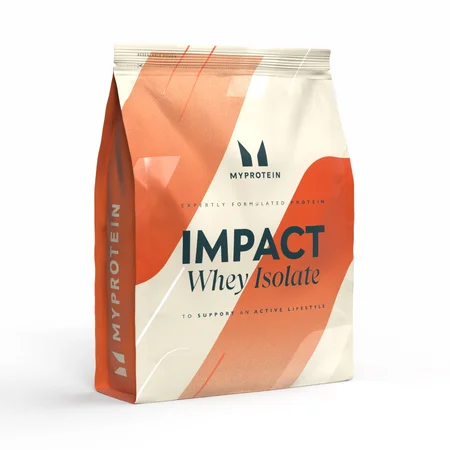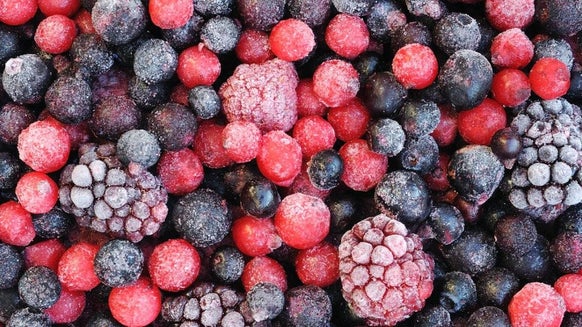- Dreher, M. L., & Davenport, A. J. (2013). Hass avocado composition and potential health effects. Critical reviews in food science and nutrition, 53(7), 738-750.
- USDA (U.S. Department of Agriculture). 2011. Avocado, almond, pistachio and walnut Composition. Nutrient Data Laboratory. USDA National Nutrient Database for Standard Reference, Release 24. U.S. Department of Agriculture. Washington, DC
- Carranza-Madrigal, J., Herrera-Abarca, J. E., Alvizouri-Munoz, M., Alvarado-Jimenez, M. D. R. and Chavez-Carbajal, F. 1997. Effects of a vegetarian diet vs. a vegetarian diet enriched with avocado in hyper-cholesterolemic patients. Arch. Med. Res., 28(4): 537–41
- McGill, C. R., Birkett, A., & Fulgonii III, V. L. (2016). Healthy Eating Index-2010 and food groups consumed by US adults who meet or exceed fiber intake recommendations NHANES 2001–2010. Food & nutrition research, 60(1), 29977.
- Tentolouris, N., Arapostathi, C., Perrea, D., Kyriaki, D., Revenas, C. and Katsilambros, N. 2008. Differential effects of two isoenergetic meals rich in saturated or monounsaturated fat on endothelial function in subjects with type 2 diabetes. Diabetes Care, 31: 2276–2278.
- Unlu, N., Bohn, T., Clinton, S. K. and Schwartz, S. J. 2005. Carotenoid absorption from salad and salsa by humans is enhanced by the addition of avocado or avocado oil. J. Nutr., 135: 431–436.
5 gesundheitliche Vorteile durch Avocados
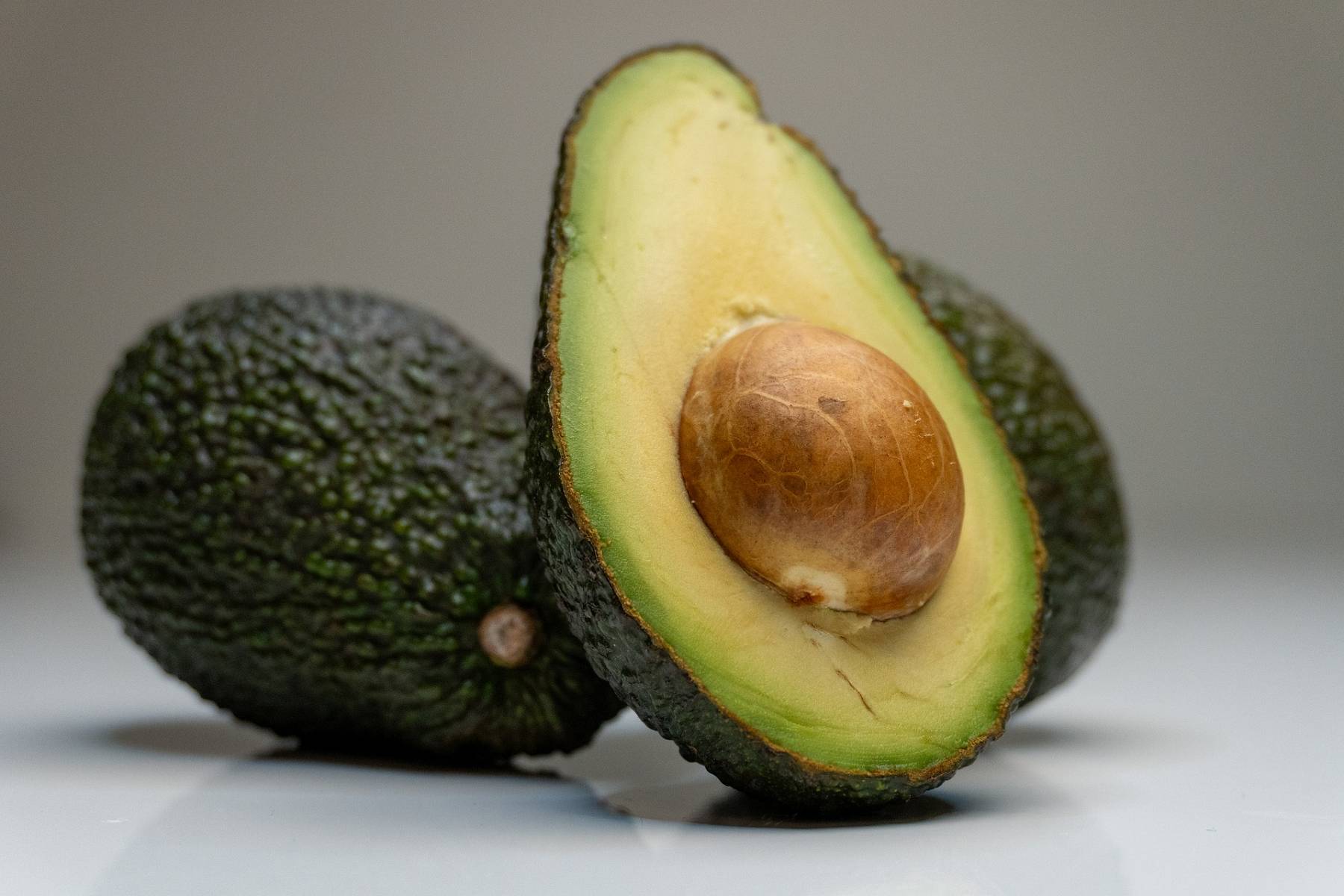
Avocados sind bekannt dafür reich an gesunden Fettsäuren zu sein. Aber was viele von euch vermutlich noch nicht wussten, ist, dass die Avocado zum Obst und nicht zum Gemüse zählt.
Dank ihrer cremigen Konsistenz und sättigenden Wirkung ist sie eine beliebte Zutat in zahlreichen Gerichten. Darüber hinaus punkten sie aber auch durch einen hohen Anteil an Wasser und Ballaststoffen (1).
Aufgrund dieses Nährstoffprofils bringen Avocados eine ganze Bandbreite verschiedener gesundheitlicher Vorteile mit sich. In diesem Artikel verraten wir dir die besten 5 gesundheitlichen Vorteile der Avocado:
- Hohe Nährstoffdichte
- Beeinflusst den Cholesterinspiegel
- Gut für die Verdauung
- Können beim Abnehmen helfen
- Reich an sekundären Pflanzenstoffen

5 gesundheitliche Vorteile durch Avocados
1. Avocados haben eine hohe Nährstoffdichte
Es gibt viele verschiedene Sorten an Avocado, aber Hass Avocados liefern dir folgende Nährwerte auf 100 g:
- 167 Kilokalorien
- 15 g Fett (10 g mehrfach ungesättigt)
- 8,6 g Kohlenhydrate
- 6,8 g Ballaststoffe
- 3 g Protein
Als Standard-Portion wird etwa 1/4 der Frucht (ca. 30 g) angegeben. Jedoch essen die meisten Menschen gleich eine halbe Avocado, was dann eher 70 g entspricht (1).
2. Avocados können die Gesundheit fördern
Klinische Studien aus den 1990er zeigten, dass sich Avocados, obwohl sie über einen hohen Fettanteil verfügen, positiv auf unseren Cholesterinspiegel auswirken, indem sie den LDL-Wert (schlechtes Cholesterin) senken (3).
Bisher gibt es noch keine offiziellen Daten dahingehend, dass Avocados die Gesundheit unseres Herzens unterstützen. Jedoch ist ihr Nährstoffprofil dem von Nüssen sehr ähnlich, welche bewiesenermaßen förderlich für unser Herz sind (gleichzeitig enthalten sie auf 100 g aber auch mehr Kalorien) (1).

3. Avocados können deine gesunde Verdauung fördern
Bei so einer cremigen Konsistenz ist es schwer zu glauben, dass Avocados reich an Ballaststoffen sind. Für eine gesunde Verdauung empfehlen Experten täglich 25 – 35 g Ballaststoffe zu sich zu nehmen.
Bereits eine halbe Avocado liefert dir 5 g Ballaststoffe (4). Ballaststoffe tragen dazu bei, dass wir uns satter fühlen und können gesunde Cholesterinwerte unterstützen.
4. Avocados können dir beim Abnehmen helfen
Avocados sind nicht nur lecker, sondern dank ihres hohen Ballaststoffgehalts auch sehr sättigend. Fett und Ballaststoffe werden langsamer verdaut, sodass Speisen länger im Magen bleiben und uns so satt und zufrieden halten.
Avocados sind somit, wie andere Früchte auch, ideal zum Abnehmen. Klinische Studien belegen, dass Avocados – trotz ihres relativ hohen Kaloriengehalts – auch während einer Diät empfehlenswert sind.

5. Weitere gesundheitliche Vorteile
Dank der Phytochemikalien Lutein und Zeaxanthin (sekundäre Pflanzenstoffe) in Avocados sind diese gut für die Gesundheit unserer Augen sowie Haut (6).
Sowohl unsere Augen als auch unsere Haut sind dem Alterungsprozess unterworfen, sodass es sich in vielerlei Hinsicht positiv auf unsere Gesundheit auswirkt, wenn wir Nahrungsmittel essen, die reich an Phytochemikalien sind.
Du möchtest deine Avocado nicht nur auf Toast essen? Dann probiere doch mal diese Quesadillas...
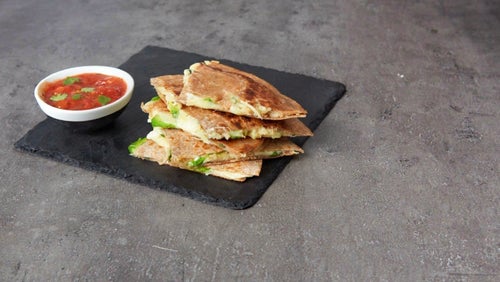
Herzhafte Puten & Avocado Quesadillas
Wie wäre es mit diesem bewährten Klassiker im mexikanischen Gewand?
Take Home Message
Kurz zusammengefasst sind Avocados nicht nur lecker und vielseitig einsetzbar, sondern auch noch vollgepackt mit Nährstoffen wie gesunden Fetten oder Phytochemikalien.
Avocados sind ein hervorragendes Lebensmittel, mit dem du deine Mahlzeiten oder Snacks nährstoffreicher gestalten kannst.
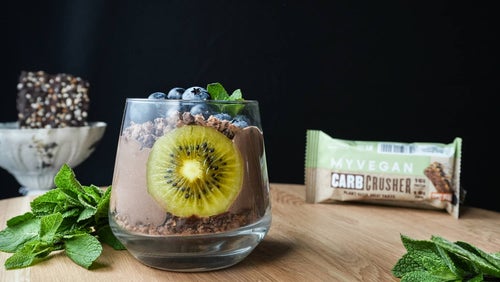
Avocado Schoko Creme | Veganer Snack
Heißhunger auf Süßes? Kein Problem.
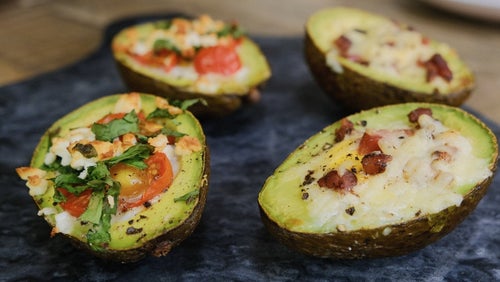
Baked Eggs Zweierlei mit Avocado | Das Keto Frühstück
Du denkst, du wärst gestorben und in den Brunch-Himmel gekommen ...
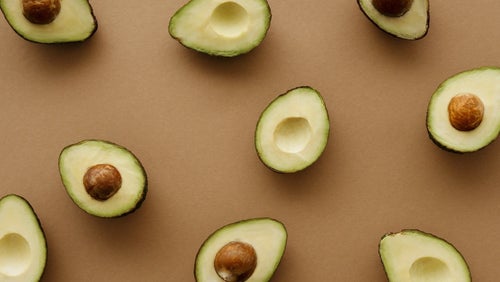
Avocados können die Fettverteilung in Frauen verändern - verrät Studie
Bei Männern wurden jedoch nicht dieselben Vorteile festgestellt.

Ähnliche Beiträge

Probleme mit Heißhunger? Untersuchungen zeigen, dass Training dagegen helfen kann

Fitness-Tracker gegen Grippe & „Weniger ist mehr“ beim Kraftsport | Die Top-Studien der Woche

